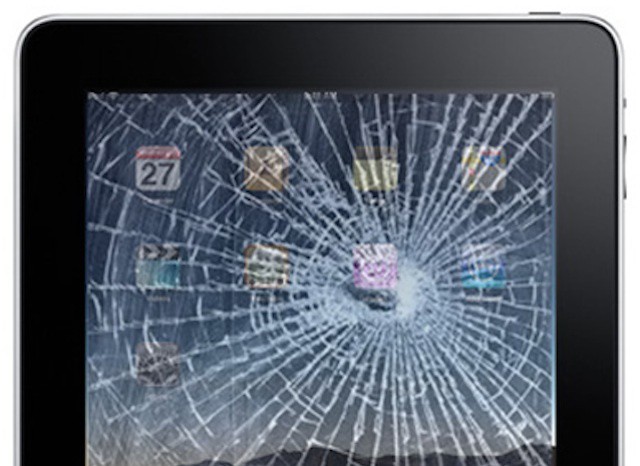The principal at my elementary school was fond of saying that every privilege comes with a new responsibility. That phrase often comes to mind when I think about BYOD programs. The ability to use your personal iPhone, iPad, or other mobile devices in the workplace is a privilege. Even though it may make you a happier and more productive employee, using your personal device means that you take on certain responsibilities once taken care of by your IT department.
Tasks and costs like cell service, supporting technical problems specific to your device, choosing and purchasing apps, and even maintaining some aspects of data security become your responsibility. Then there’s the ultimate responsibility question – what happens if your iPhone or iPad is damaged?
While most BYOD programs are designed to incorporate issues around support, expenses, and security, many don’t include a policy for physical damage to a device.
Mobility engineer Brian Katz recently looked at the implications of catastrophic damage to a personal device being used within a BYOD program (for both the device owner and his or her employer). In examining the issue, he identifies the worst case scenario in a BYOD model – an employee on a business trip with just a iPhone and iPad (or some other smartphone and tablet) where both devices get damaged and need replacement.
That scenario raises a number of questions that aren’t addressed in many BYOD policies:
- Who is responsible for replacing the device – the owner or the company?
- If the owner is responsible but unable to replace the device at an unsubsidized price because of the cost, should his or her company help defray the cost?
- Should the company offer a loan for device replacement that the employee can pay back over time through payroll deduction?
- Should the company provide mobile device insurance for employee devices or require that employees purchase it on their own?
- Not having a laptop on hand, how will an employee be able to work during the remainder of the trip?
- Should employees be required to carry a company-owned laptop on trips in addition to their personal devices?
- Should companies implementing BYOD include a pool of emergency loaner devices for use in a situation where an employee’s device damaged or unavailable?
Those are some pretty big questions and ones that might not be easy to answer. They really get to the heart of defining responsibilities between the employee and the employer. While there isn’t a single ideal solution, these are issues that businesses need to consider. Ideally, these should be thought out ahead of time and added to other BYOD policies before a program is rolled out to employees.
Flipping the situation around, if your company offers a BYOD program and policies around responsibility for damage aren’t spelled out, it’s in your best interest to ask questions and get a solid answer about those responsibilities before joining the program and bringing your iPhone or iPad into the office.
Source: Brian Katz


